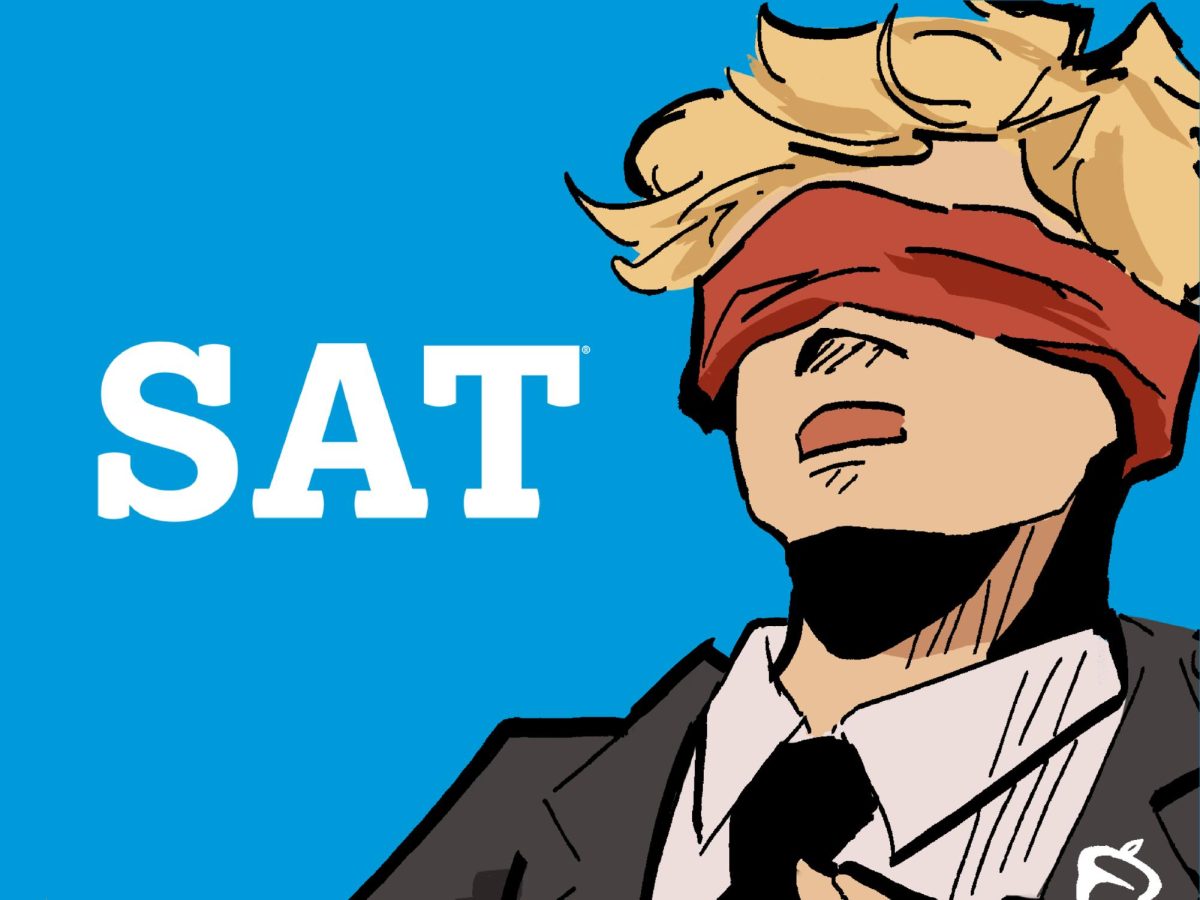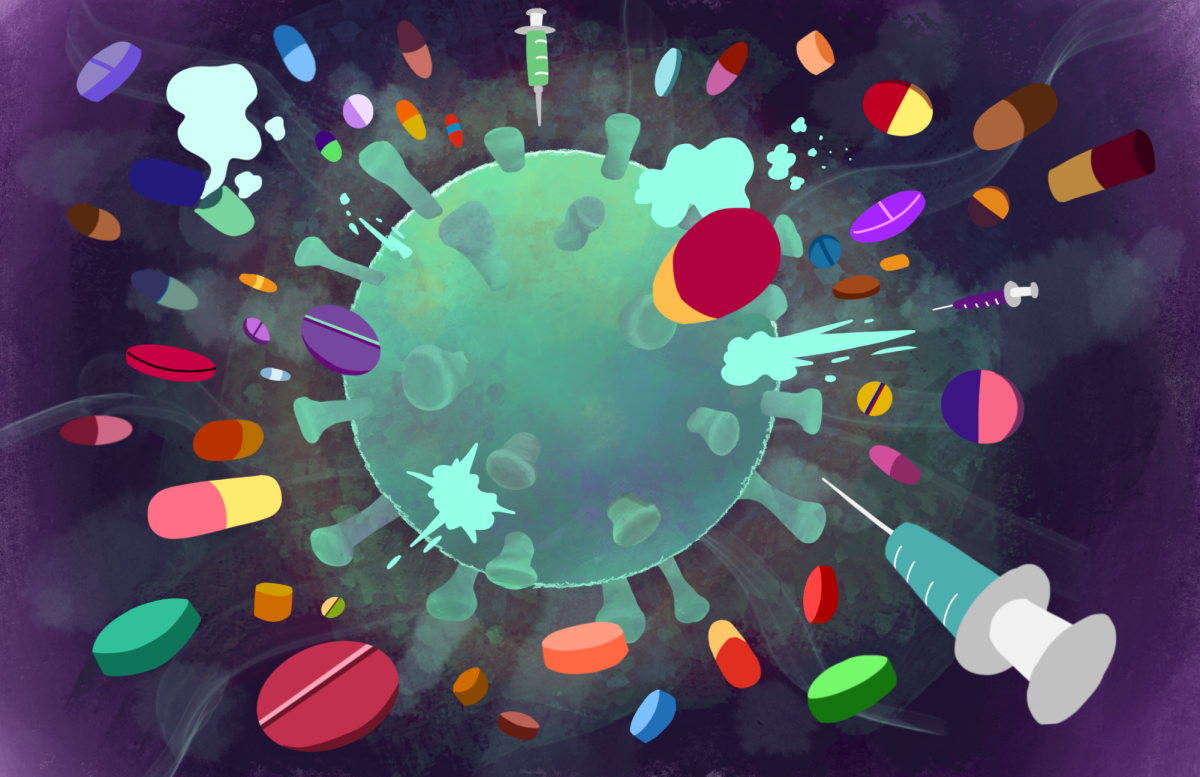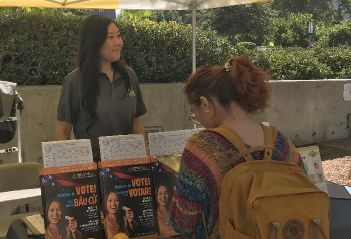1. What is your name and what are you studying?
My name is Maria Bolshakova, and I just received my PhD in Health Behavior Research from the University of Southern California. My research and dissertation primarily focused on people who use opioids and opioid use disorder treatment (OUD), with a specific focus on the use of medications for opioid use disorder (MOUD) such as methadone and buprenorphine.
2. What is your experience working with / researching fentanyl?
When I first began researching opioid use about five years ago, I didn’t know very much about it. However, in the last few years, it’s really begun to dominate the illicit opioid market and has had a profound effect on people who use opioids. One of my dissertation studies interviewed people who use opioids on their experiences, and we found that about three-fourths of our sample endorsed fentanyl being available in their area. Our participants also said that fentanyl is easier to obtain than heroin and generally is a much stronger high. While the majority of participants told us that they bought fentanyl knowing that it was fentanyl, oftentimes, what they thought was heroin only or other drugs such as methamphetamine, also contained fentanyl. This can be really dangerous because fentanyl is so potent, so that someone who doesn’t know that their drug product contains fentanyl may overdose because they’re being exposed to a very high potency opioid.
3. How dangerous is fentanyl, especially to high school students?
There have been recent reports on drugs such as cocaine, meth and MDMA being contaminated with fentanyl. Oftentimes, this happens not because the dealers are intentionally mixing fentanyl into other drugs, but they are using the same equipment handling these drugs which can cause cross-contamination. So for example, marijuana is very unlikely to be contaminated with fentanyl and even though there have been sensationalist news articles claiming “fentanyl laced weed”, these reports have largely been debunked. But if a high school student is using illicit drugs such as non-prescribed opioids, cocaine, meth and/or MDMA, there may be a danger of fentanyl contamination in those drugs.
4. Despite being introduced more than 50 years ago, why do you suspect that fentanyl-related deaths have surged so drastically recently?
It’s difficult to say for sure, but although fentanyl has been around for a long time, it was only in the last decade or so that fentanyl began to be mixed with heroin or sold just as fentanyl on the street. It’s cheaper and more potent, which means it makes more money for those working in the illicit opioid drug market.
5. What needs to be done, whether it be by the government or by school districts, to prevent high school fentanyl overdoses?
There is a lot of research out there by substance use experts like myself and my colleagues that provides ample evidence of the efficacy of harm reduction tools and practices that can help minimize the risk of opioid/fentanyl overdoses. I would say for high school students specifically, the main actions are education on drug use and harm reduction practices such as testing your drugs, using with others, and carrying Narcan. I think it’s very progressive and a great move by the high school districts to supply their schools with Narcan to reduce the risks of overdose.
6. How can students be safe in regards to fentanyl? What are your recommendations for students to avoid unknowingly consuming drugs laced with fentanyl?
Testing and Narcan! Fentanyl test strips can help determine if a drug is contaminated with fentanyl.
These websites offer information on how to obtain test strips:
https://www.tacoinc.org/teststrips
https://dosetest.com/product/fentanyl-test-strips/
https://dancesafe.org/product-category/testing-strips/
Additionally, if you or anyone you know uses drugs that are known to have a risk of fentanyl contamination, carrying Narcan and knowing how to use it on someone who has overdoses is incredibly important and could potentially save a life.
I want to emphasize that these are harm reduction practices that substance use researchers advocate for to help minimize the risk of overdoses and other negative effects that can come from drug use. Advocating for these practices doesn’t encourage anyone to start using drugs, but rather understands that some people will use drugs, and we encourage minimizing any negative harms of that use.
7. Recently, the Los Angeles Unified School District and Fullerton Joint Union High School District supplied their campuses with a fentanyl overdose reversal drug, narcan. How effective is this treatment for high school students, and what are the dangers of this drug?
Naloxone, which goes by the generic name of Narcan, is incredibly effective in reversing an opioid overdose. It is easy to learn how to administer it since it is given intranasally, and researchers, clinicians, and harm reduction activists support the provision of Narcan to anyone who uses illicit drugs or knows someone who does.
Naloxone is generally very safe and side effects are rare. Some people might have allergic reactions to the medicine, but this is uncommon. It also has no effect on someone who doesn’t have any opioids in their system. Additionally, because of the mechanism of naloxone, someone who has a lot of opioids in their system will likely go into opioid withdrawal after the administration of Narcan.
8. Since not all overdoses result in death, what are some other major and minor side effects of fentanyl overdose? → what are some side effects of fentanyl overdose besides death
Opioid overdoses cause your breathing to slow or stop, which reduces the amount of oxygen that your brain is receiving. Because of this, an overdose can still result in brain damage and other negative effects if not reversed with Narcan as soon as possible.














